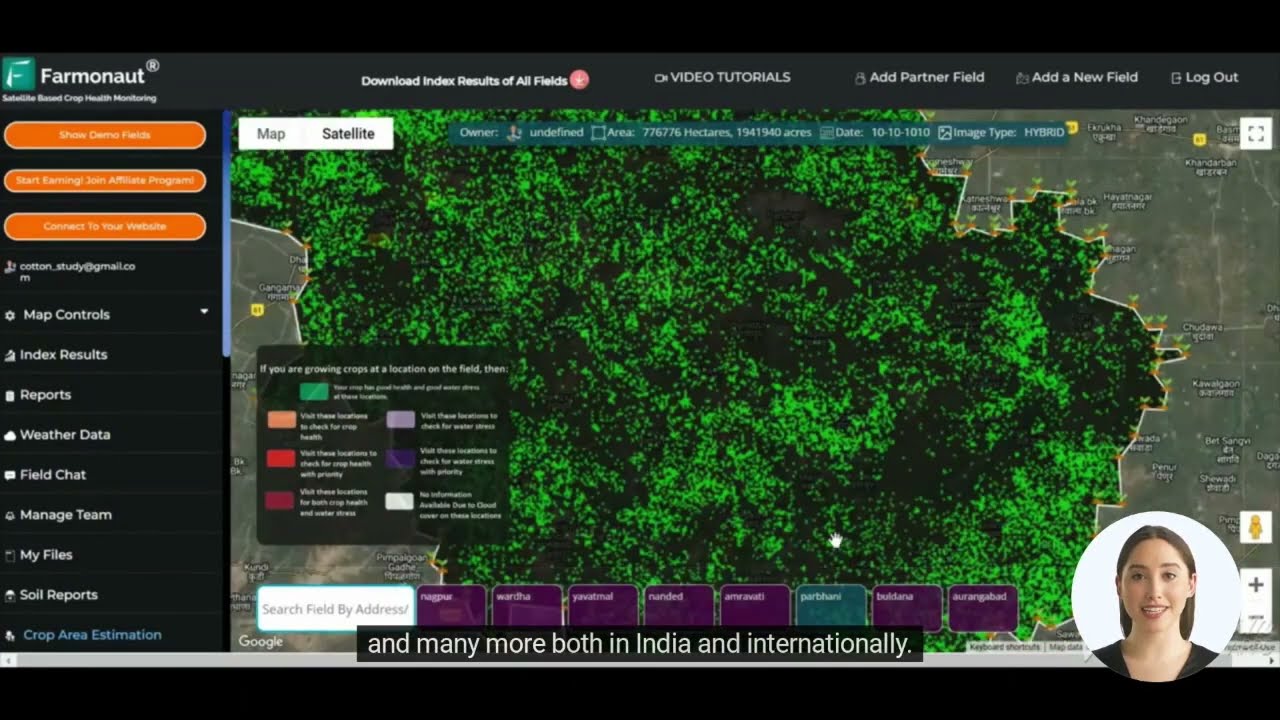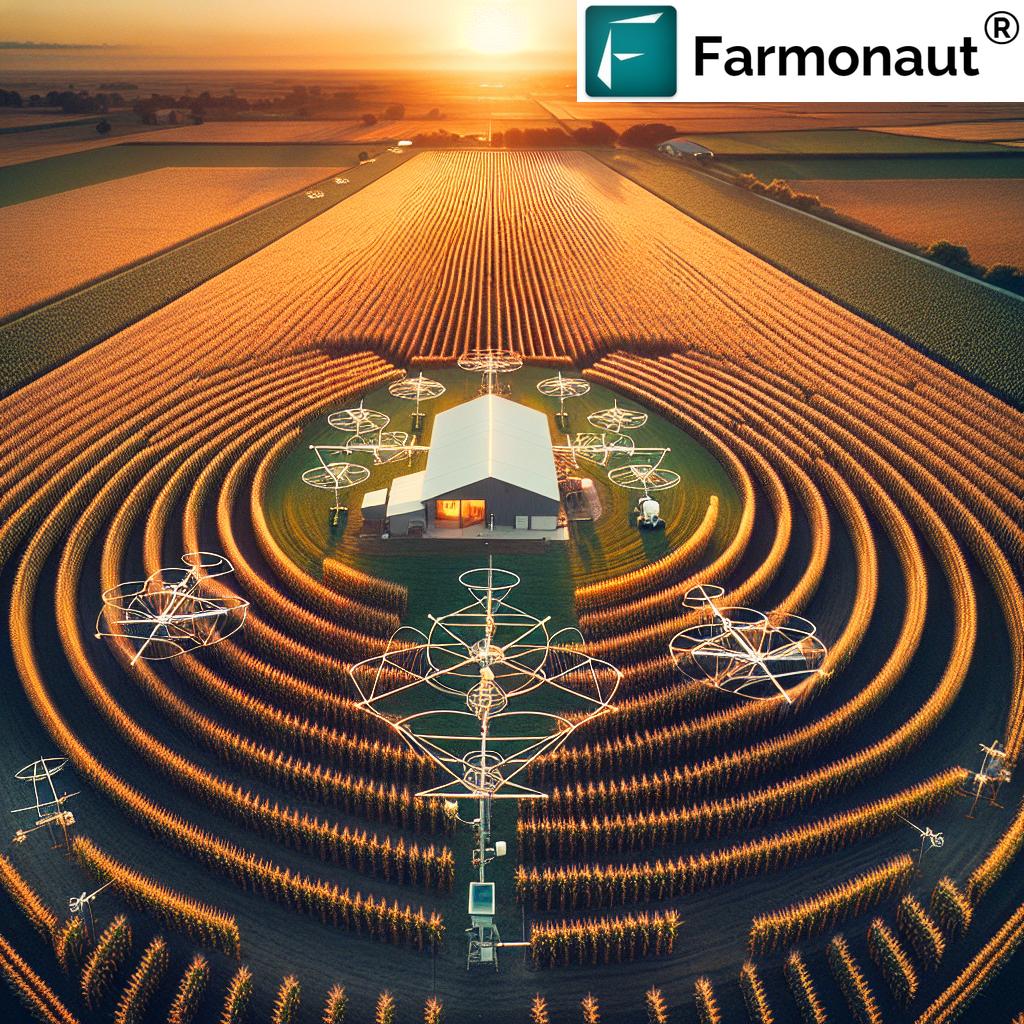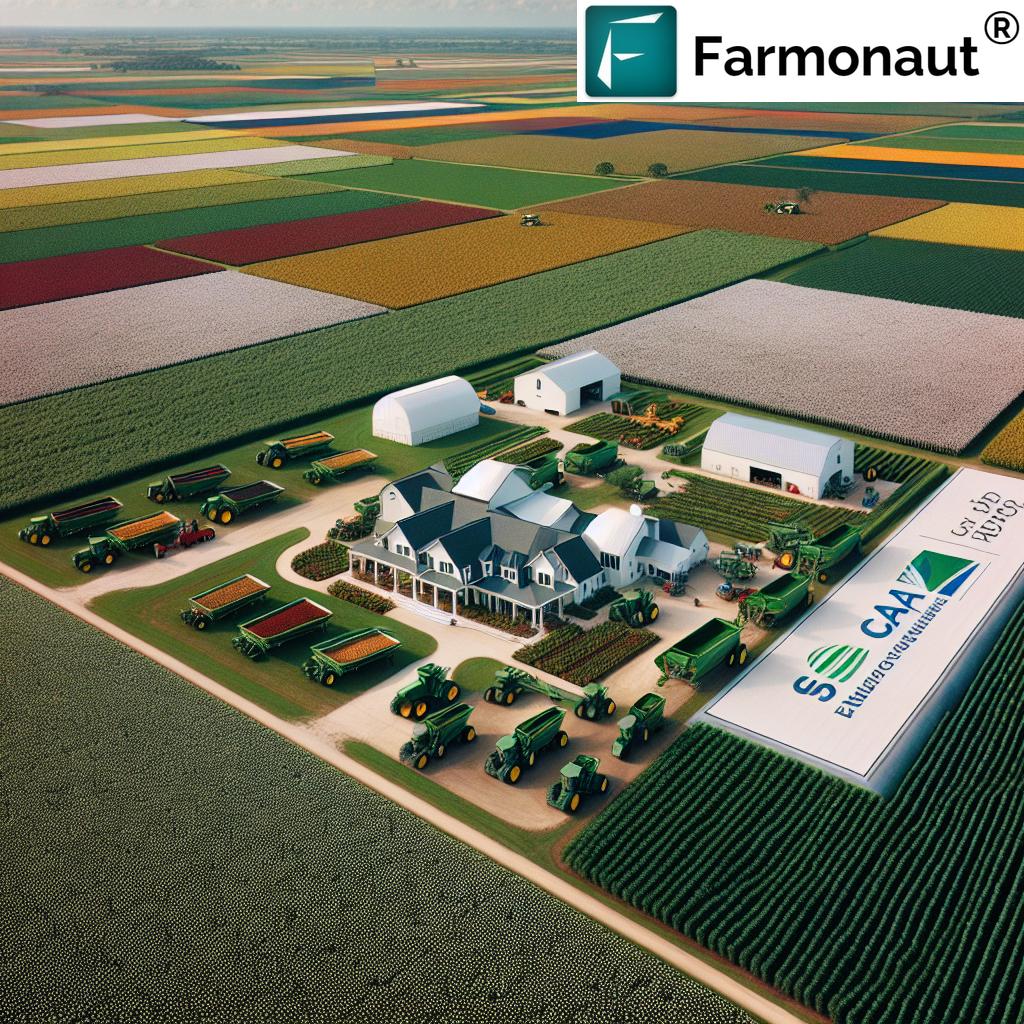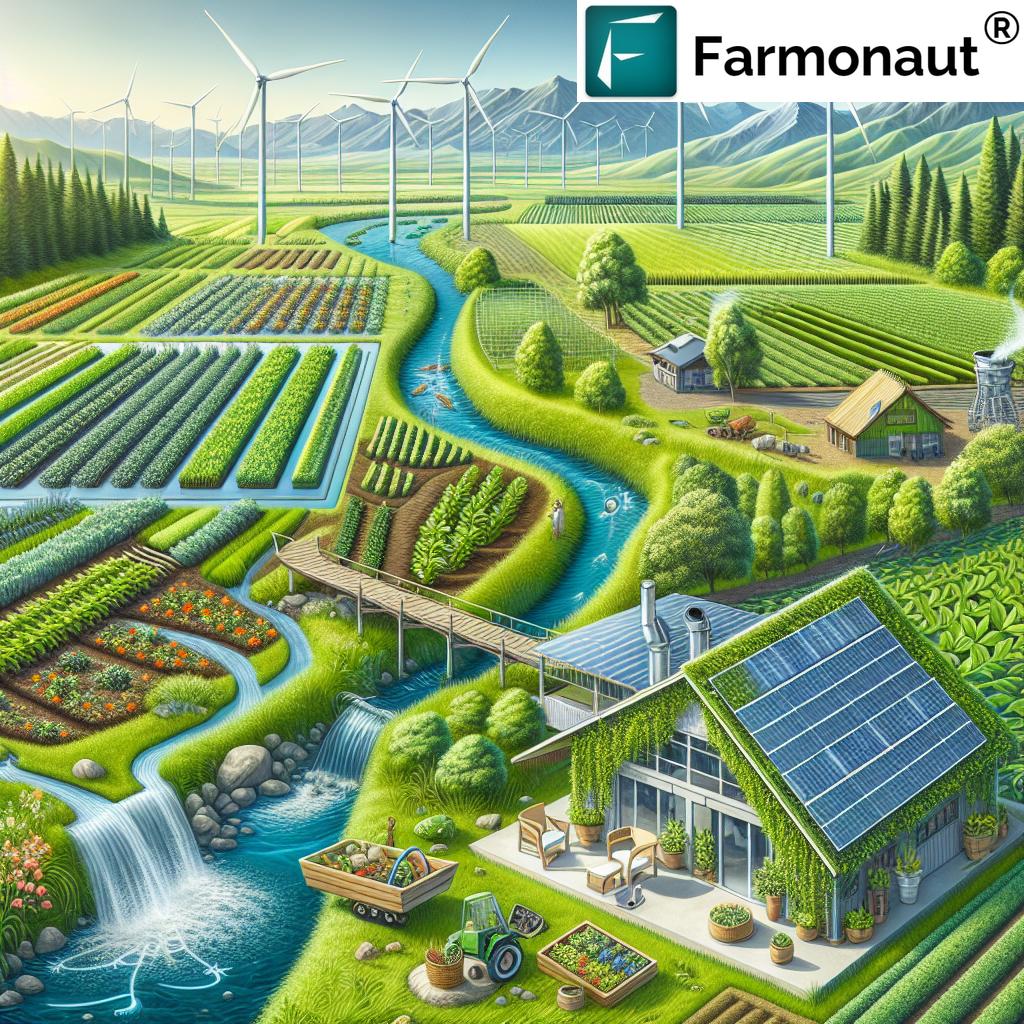Preserving Vermont’s Heritage: Sustainable Water Management for Strafford’s Historic Homestead and Gardens
“The Gothic Revival mansion in Strafford, Vermont, features a 19th-century ice harvesting pond that now contributes to modern water runoff issues.”
Welcome to our comprehensive exploration of a groundbreaking historic homestead restoration project in Strafford, Vermont. We’re delving into the intricate world of water management in historic sites, focusing on the Justin Morrill Homestead – a treasured piece of Vermont’s architectural and cultural heritage. This ambitious undertaking not only addresses pressing environmental concerns but also sets a new standard for preserving our nation’s historic landmarks.
The Significance of the Justin Morrill Homestead
Before we dive into the details of the water management project, let’s take a moment to appreciate the historical significance of this site. The Justin Morrill Homestead, a stunning example of Gothic Revival architecture, was built in 1851 by Justin Morrill himself. Morrill, a prominent figure in Vermont’s political landscape, served in both the U.S. House of Representatives and the Senate for over four decades.
This historic property became a state historic site in 1969, cementing its place in Vermont’s cultural narrative. The homestead not only showcases the architectural brilliance of its time but also stands as a testament to Morrill’s vision and contributions to American education and agriculture.

The Challenge: Water Damage and Flooding
Over the years, the Morrill Homestead has faced a persistent enemy: water. The property’s hillside location has made it particularly vulnerable to water-related issues. Runoff from the hill has caused significant damage to the Gothic Revival mansion, weakening its stone foundation and seeping into the house. This has led to repeated repairs to the foundation, plaster, and woodwork.
The severity of the situation became painfully clear during the rainstorms of July 2023. An unnamed tributary of the Ompompanoosuc River caused extensive underground flooding, initially thought to be confined to the basement of the site’s education center. However, further investigation revealed that the damage was far more widespread, highlighting the urgent need for a comprehensive water management solution.
The Solution: A Sustainable Approach to Water Management
Recognizing the need for a long-term solution, the Vermont Division for Historic Preservation has embarked on an ambitious water management and drainage project. This initiative, with a budget of approximately $500,000, aims to address the root causes of the water issues while preserving the historical integrity of the site.
Let’s break down the key components of this sustainable landscaping for historic homes project:
- Mapping Underground Culverts: One of the first steps in the project is to map the extensive system of underground culverts that Morrill installed in the mid-1800s. These culverts were originally designed to move water to the gardens and agricultural lands, and to feed the property’s animals. By fully understanding this network, we can better manage water flow across the site.
- Innovative Drainage Systems: The project will implement state-of-the-art drainage solutions to redirect water away from the mansion’s foundation. This will help prevent future water damage and preserve the structural integrity of the building.
- Sustainable Landscaping: The landscaping around the homestead will be redesigned with water management in mind. This includes creating natural water retention areas and using plants that can help absorb excess water.
- Preservation of Historic Gardens: Special attention will be given to preserving the site’s historic gardens, particularly the kitchen garden. Plans are in place to protect original plantings and adapt the garden layout for better water retention.
The Ice Harvesting Pond: A Historic Feature with Modern Challenges
One of the most fascinating aspects of this project is the 19th-century ice harvesting pond located at the top of the hill. This pond, originally built by Morrill for winter ice harvesting, now contributes significantly to the property’s water runoff issues. The project team faces the unique challenge of preserving this historic feature while mitigating its impact on the site’s hydrology.
“Sustainable landscaping techniques and innovative drainage systems are being implemented to protect a historic site spanning over 150 years.”
We’re exploring innovative solutions to repurpose the pond, potentially turning it into a water retention feature that could help manage runoff during heavy rains. This approach exemplifies our commitment to blending historical preservation with modern environmental management techniques.
Preserving Agricultural Heritage
The Morrill Homestead isn’t just about the mansion; it’s also a testament to Vermont’s rich agricultural heritage. As part of the water management project, we’re taking steps to protect and enhance the site’s agricultural features, including:
- Preserving the historic apple orchard
- Redesigning the kitchen garden for better water retention
- Protecting heritage plant species found on the property
These efforts not only contribute to the site’s historical authenticity but also promote sustainable agricultural practices that visitors can learn from and appreciate.
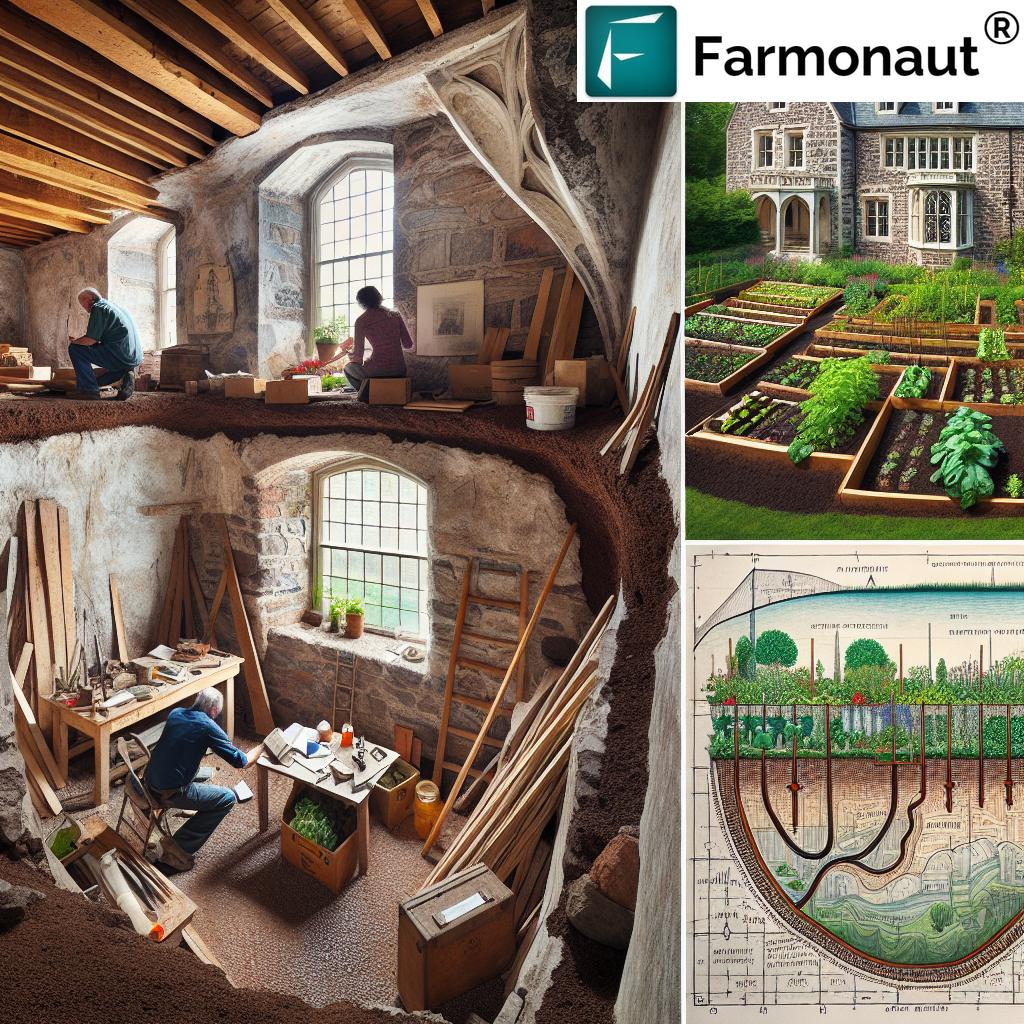
The Impact on Visitor Experience and Community Programs
While the water management project is crucial for the long-term preservation of the Morrill Homestead, it does come with short-term challenges. The site will be closed for the 2025 season to allow for the completion of this extensive work. This closure affects the Friends of Morrill Homestead, a nonprofit organization that typically hosts about 20 programs annually, including summer camps, story times, and the popular 19th Century Apple & Cheese Harvest Festival.
However, the organization is adapting creatively to continue serving the community. Some initiatives include:
- A June day trip bus tour to other historic sites in Vermont
- The annual Minis for Morrill auction, featuring small works of art by Upper Valley artists
- A planned speaker series to engage the public with the site’s history and ongoing preservation efforts
These alternative programs demonstrate the community’s commitment to keeping the spirit of the Morrill Homestead alive, even during the renovation period.
Sustainable Water Management Techniques for Historic Sites
| Technique | Purpose | Environmental Impact | Historical Preservation Consideration |
|---|---|---|---|
| Underground Culvert Mapping | Understand existing water pathways | Minimize soil disturbance | Preserve original drainage system |
| Sustainable Landscaping | Improve water absorption | Reduce runoff, support local ecosystems | Maintain historical garden aesthetics |
| Drainage System Implementation | Redirect water from foundation | Prevent erosion and water pollution | Minimize visual impact on historic structures |
| Ice Harvesting Pond Restoration | Manage water retention | Create habitat, reduce downstream flooding | Preserve 19th-century agricultural feature |
The Role of Technology in Historic Preservation
While we’re focusing on traditional preservation techniques, it’s worth noting how modern technology can aid in such projects. For instance, satellite-based monitoring systems like those offered by Farmonaut could potentially be adapted for historic site management. These tools can provide valuable data on soil moisture levels, vegetation health, and even subtle changes in land topography that might affect water flow.
For more information on how satellite technology is revolutionizing land management, visit Farmonaut’s API or check out their API Developer Docs.
Looking to the Future: Reopening and Long-term Preservation
As we work towards completing this crucial water management project, we’re already looking ahead to the homestead’s reopening in 2026. This project isn’t just about addressing immediate concerns; it’s about setting a precedent for long-term historic site maintenance. We’re confident that the measures being implemented will protect the Morrill Homestead for generations to come.
Some key aspects of our future plans include:
- Regular monitoring of water levels and soil moisture
- Ongoing maintenance of the new drainage systems
- Continued adaptation of the gardens to changing climate conditions
- Educational programs highlighting the importance of water management in historic preservation
Community Involvement and Support
The success of this project relies heavily on community support and involvement. We’re grateful for the understanding and patience of local residents and visitors during this closure period. There are several ways you can stay involved and support the Morrill Homestead:
- Follow the Friends of Morrill Homestead on social media for updates and virtual events
- Consider making a donation to support ongoing preservation efforts
- Participate in the alternative programs being offered during the closure
- Spread the word about the importance of this project and historic preservation in general
Conclusion: A Model for Sustainable Historic Preservation
The water management project at the Justin Morrill Homestead represents a significant step forward in historic property maintenance. By addressing longstanding water issues while preserving the site’s historical integrity, we’re setting a new standard for sustainable preservation practices.
This project demonstrates that with careful planning, innovative techniques, and community support, we can protect our historical treasures while adapting to environmental challenges. As we look forward to the homestead’s reopening, we’re excited to share the results of this important work with visitors from around the world.
Stay tuned for updates on this exciting project, and we hope to welcome you back to the Justin Morrill Homestead in 2026!
FAQs
- When will the Justin Morrill Homestead reopen to the public?
The homestead is expected to reopen in 2026, following the completion of the water management project. - How can I support the Morrill Homestead during its closure?
You can support by following their social media for updates, participating in alternative programs, or making a donation to the Friends of Morrill Homestead. - What makes the water management project at Morrill Homestead unique?
This project combines cutting-edge water management techniques with careful historical preservation, addressing both environmental and cultural heritage concerns. - Will the historic gardens be affected by the water management project?
While some changes will be made to improve water retention, great care is being taken to preserve original plantings and maintain the historical integrity of the gardens. - How will this project benefit the local community?
By preserving this important historical site and implementing sustainable practices, the project will ensure that the Morrill Homestead remains a valuable educational and cultural resource for generations to come.
For those interested in learning more about innovative agricultural technologies and their potential applications in historic site management, consider exploring Farmonaut’s solutions:
Earn With Farmonaut: Join our affiliate program and earn 20% recurring commission by sharing your promo code and helping farmers save 10%. Onboard 10 Elite farmers monthly to earn a minimum of $148,000 annually—start now and grow your income!



